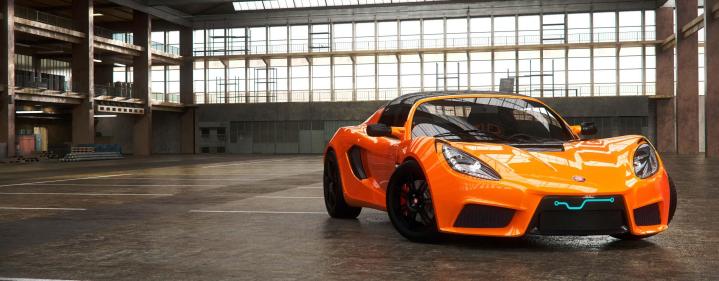
Detroit Electric has just zapped itself back into existence. If you don’t know about this historic company that’s ok, it has been on and off the grid for quite some time.
Detroit Electric unveiled the SP:01 in March of 2012, just after the company was reincarnated from 70 years of silence.
This time around it has finally found a home. Six months ago we reported that the SP:01 would ready for production, but Detroit had not secured a facility to build its cars.
Sadly, the Lotus-based electric car will not be built in Detroit, as the name suggests. Instead, the car will be made in Holland. Why Holland? Detroit Electric has stated that, “Supply chain logistics have dictated that the assembly operations for the limited production run of that vehicle have currently to be located just in Europe.” Also, according to The Detroit Bureau, the company still plans to have a presence in the Detroit community.
Maybe Detroit Electric is simply trying to gain inspiration from other Danish cars like the Zenvo ST1 or Spyker C8. Independent automotive start-ups have a hard time gain traction, especially Detroit Electric, since this is not the first time it has failed.
The SP:01 might not have a roaring V8 like the Zenvo or Spyker, but it will have extremely agile handling provide by the Lotus Elise platform on which its based. Carbon fiber body panels made by Detroit improve the looks and decrease weight, while all of the tarmac-hugging independent suspension and anti-roll bars from the Lotus are carried over.
More importantly, the car still utilizes a mid-engine layout to support the large battery back. The electric motor produces 201 horsepower and 166 pound-feet of torque. Unimpressed by the numbers? You shouldn’t be, because the Detroit Electric SP:01 will be the fastest electric car … in the world. Detroit claims a 0 to 60 time of just 3.7 seconds and a top speed of 155 mph.
Take that Tesla.


